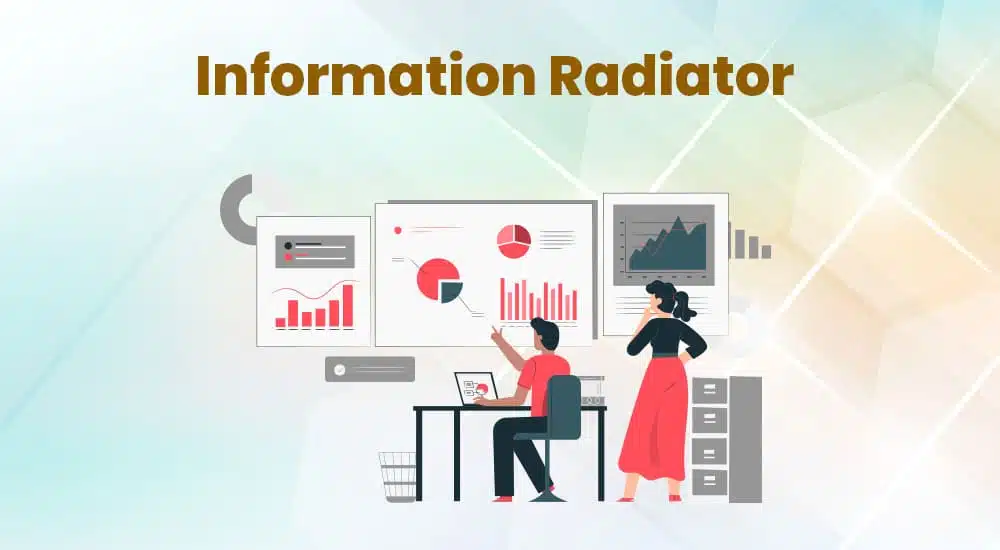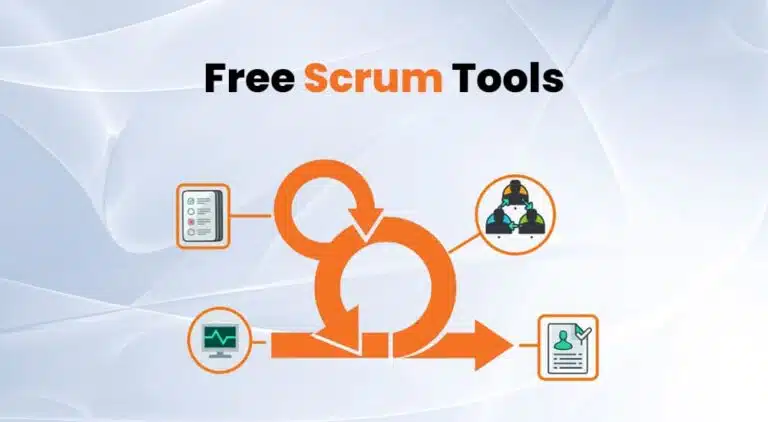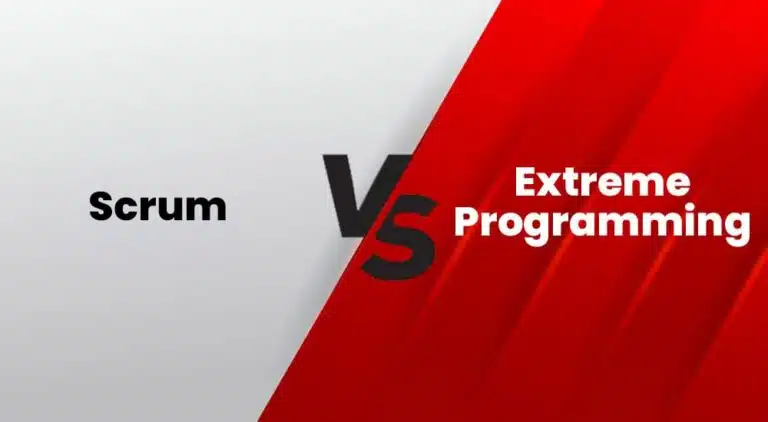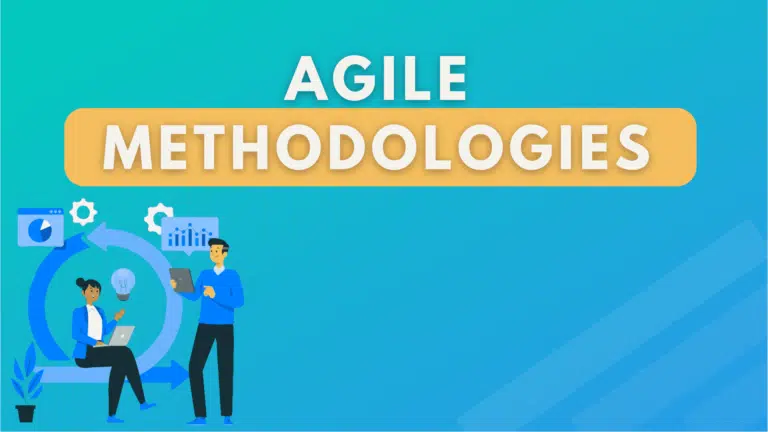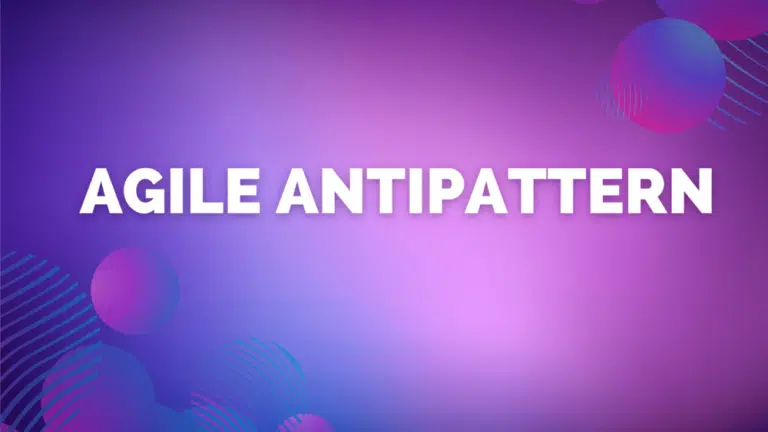According to the Agile Alliance, an information radiator is a generic term for any of several handwritten, drawn, printed, or electronic displays which a team places in a highly visible location so that all team members, as well as passers-by, can see the latest information at a glance: count of automated tests, velocity, incident reports, continuous integration status, and so on.
The objective of an information radiator is to ensure that stakeholders can see all required information in a glimpse and that the team members can see the current status, progress, or any issues instantly.
These information radiators are used extensively in agile projects to show ideas visually to stakeholders or emit ideas on boards. These boards are called information radiators, as they emit information.
An information radiator can be handwritten, drawn, printed, or electronic displays. It is not static information; it is always updated so the stakeholders are updated with the latest happenings with the project.
Example of information radiators includes burndown charts, burnup charts, velocity charts, etc.
Information radiators provide transparency to stakeholders and team members; nothing is hidden.
This practice promotes responsibility and accountability among the project team members.
Alistair Cockburn coined the term “Information Radiator”; he is one signatory of the Agile Manifesto.
Information radiators are also known as Big Visible Chart (BVC).
Summary
Information radiators are reporting tools that improve collaboration among team members, update stakeholders on project progress and increase transparency, bringing a sense of accountability to team members.

I am Mohammad Fahad Usmani, B.E. PMP, PMI-RMP. I have been blogging on project management topics since 2011. To date, thousands of professionals have passed the PMP exam using my resources.

